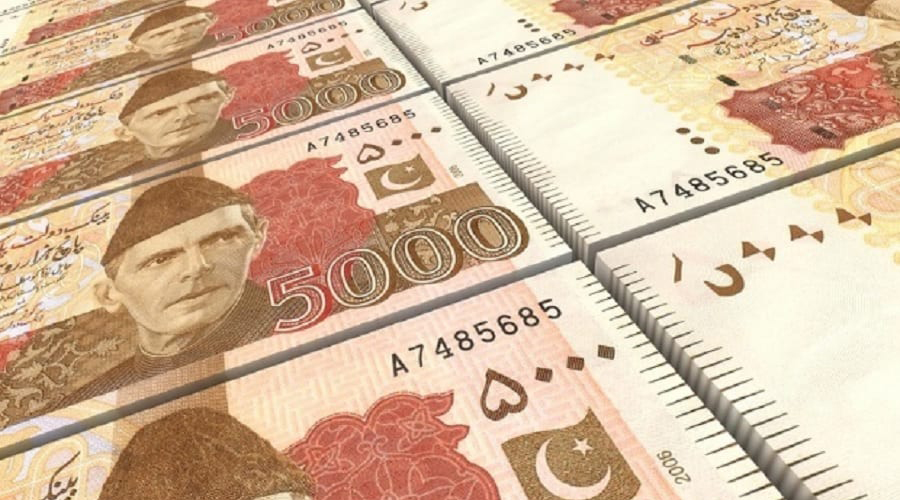As per the report revealed by the State Bank of Pakistan (SBP), the government’s federal debt raised quickly to reach the shaky total of Rs. 35.8 trillion by November 2020.
The pilling amount is due to the fact that the current government is under pressure and incapable of decreasing its dependence on short-term liabilities to diminish refinancing risks.
Central government debt rose to Rs 35.8 trillion in November 2020, from Rs 32.1 trillion in November 2019, according to the Central Bank report. This reflects a debt inventory rise of Rs 3.7 trillion over the course of a single year.
Read more: ‘Half of revenue collection being used for debt repayment’
It should be noted that the debt of Rs 35.8 trillion does not comprise of the debt of the International Monetary Fund (IMF), as the loan of the Fund has been stated on the balance sheet of SBP.
Meanwhile, the total public debt is much higher than the central government debt stated by SBP, as the debt stock does not include any liabilities that the government indirectly owes to its creditors.
Public debt of Pakistan includes domestic and external long and short-term debt.
The SBP report showed that by November of the current fiscal year, the total domestic debt of the central government grew from Rs 21.4 trillion in November 2019 to Rs 24.1 trillion. There was a net Rs 2.7 trillion (12.6 percent) addition to the domestic debt.
The study showed that long-term debt, which swelled from Rs 16.6 trillion to Rs 19.1 trillion in one year, accounted for a large rise in the federal government debt. There was a rise in the long-term debt of Rs 2.5 trillion (15 percent).
The debt surge can largely be traced to the government’s decision to convert the central bank’s short-term borrowing to long-term debt.
Although this has undoubtedly helped extend the debt maturity period, the cost of servicing the debt has also risen.





















